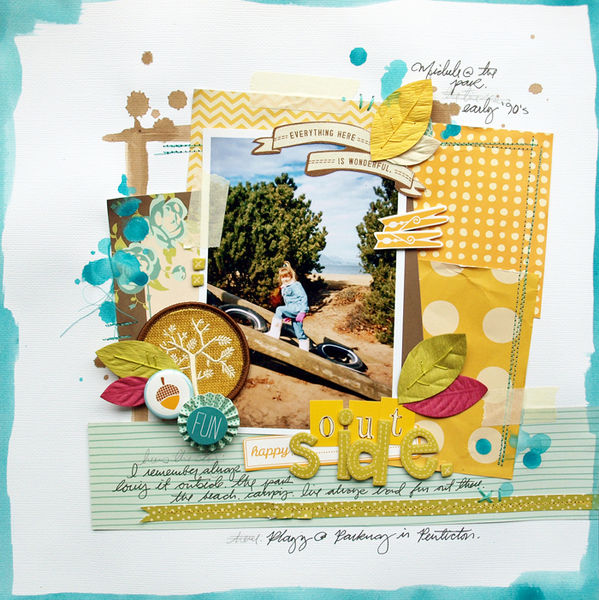
by Debbie Hodge | Jan 17, 2012 | Design Elements, Design Principles
Texture refers to the surface characteristics of a material. Is it rough or smooth? Plush or gritty? Dimension (or depth) refers to the measurable extent to which something lifts off the page. Real texture and dimension (as well as the illusion of texture and...
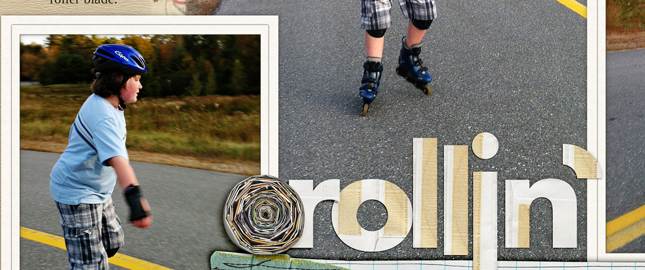
by Debbie Hodge | Dec 7, 2011 | Design Elements, Design Principles, Ideas Spurred by Design
by Debbie Hodge Texture refers to the surface characteristics of a material: is it rough or smooth, matte or shiny? Dimension refers to extent to which something lifts off the page. Adding texture and dimension to your scrapbook pages engages another sense in...
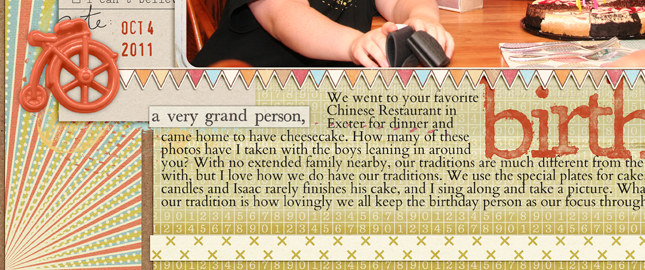
by Debbie Hodge | Nov 17, 2011 | Design Elements, Design Principles
Design elements are the basic building blocks of visual design. Design principles are rules you can use to combine those blocks. Eight design elements that will go a long way toward making pleasing pages are: Space Line Shape Size Pattern Texture Value Color ...
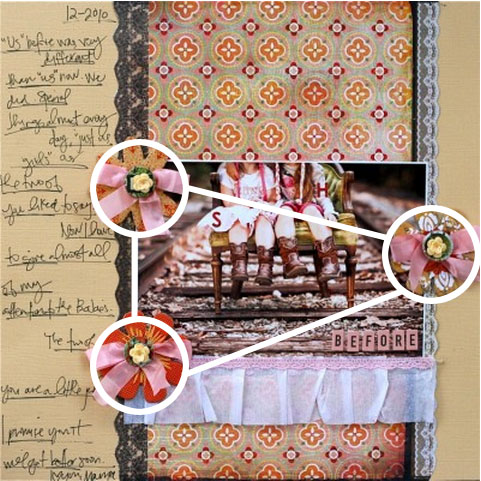
by Debbie Hodge | May 12, 2011 | Design Principles, Doris Sander, Ideas Spurred by Design
By Doris Sander If you’ve read Debbie Hodge’s recent article, “Tap the Power of ‘3’ for Your Scrapbook Designs,” you know that three unifying elements can make a powerful statement on a scrapbook page. Take a look at the layouts...
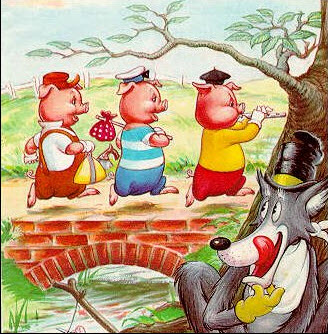
by Debbie Hodge | Apr 30, 2011 | Design Principles
by Debbie Hodge The stability of threes The human mind likes things that comes in threes: three coins in a fountain, three-ring circuses, and Goldilocks’ three bears. Speech coaches, writers, and comedians all understand that ideas presented in threes are more easily...
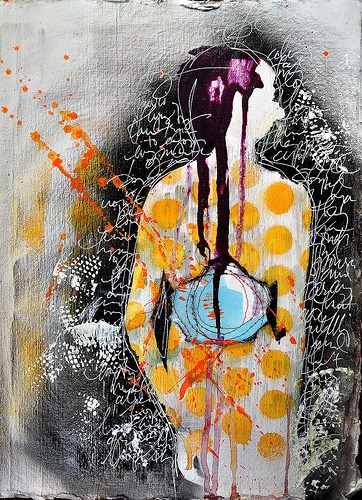
by Debbie Hodge | Apr 15, 2011 | Art Journaling, Color, Design Principles, DinaWakley
By Dina Wakley I love contrast. If you want a page element to be powerful, contrast it with its opposite and you have mega-impact. Contrast is what makes a piece of art surprising, or interesting, or even just plain good. Contrast is essentially the use of opposites...








